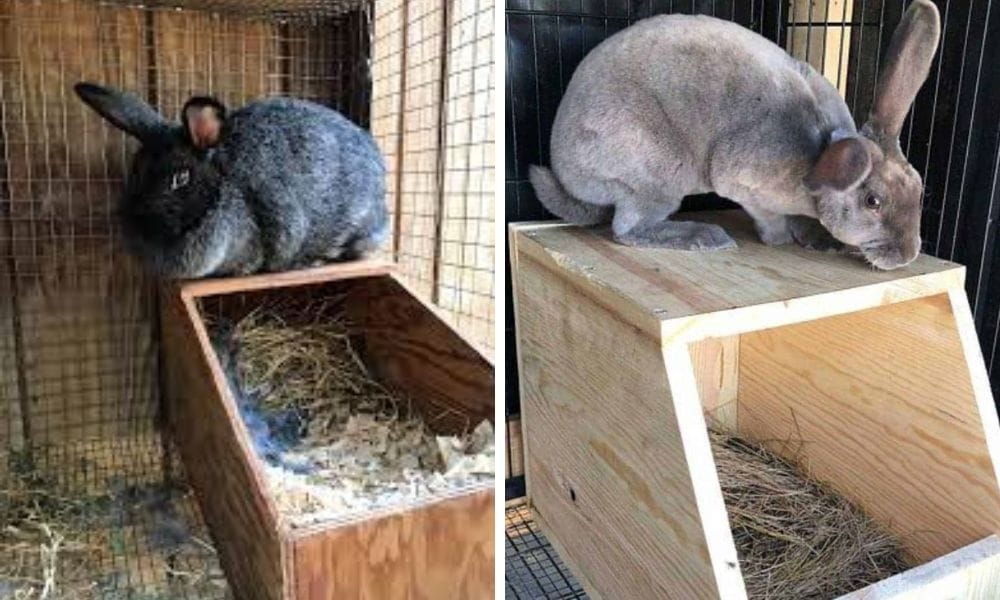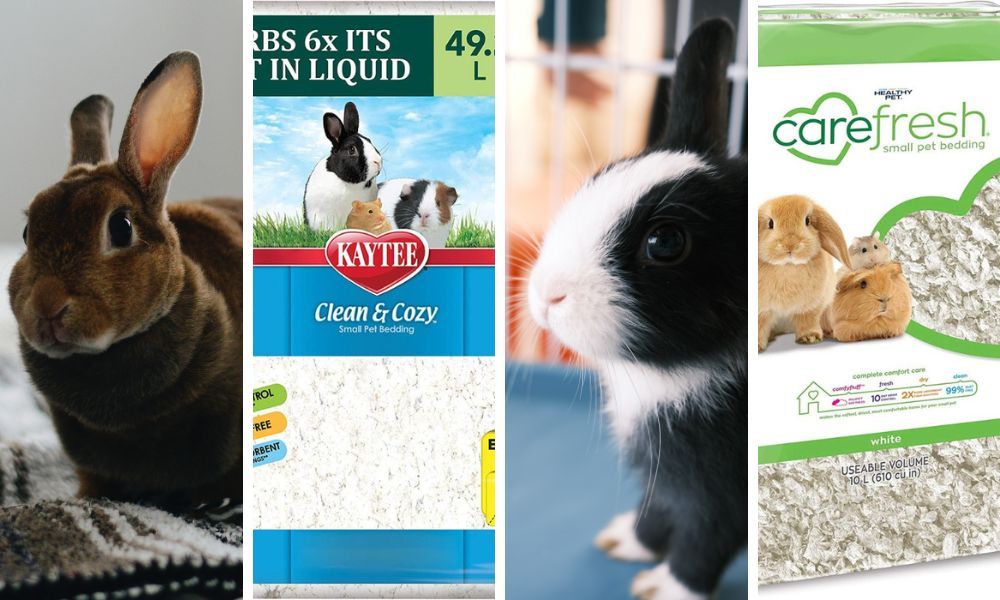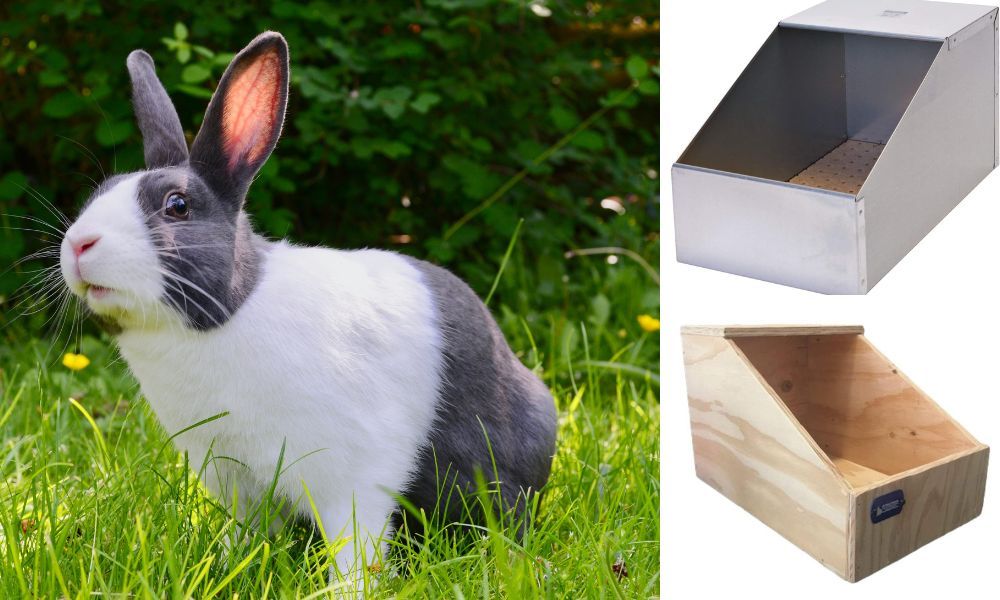Crafting the Perfect Rabbit Breeding Nest Box
Are you tired of constantly struggling with your rabbit's nest boxes? Well, look no further because I have the secret to crafting the perfect breeding nest box that will have your rabbits hopping for joy!

Key Takeaways:
- Understanding the importance of a proper rabbit breeding nest box for the health and safety of doe and kits.
- Learning how to select or build a nest box that is the right size, material, and design for your rabbits.
- Tips for maintaining and cleaning the nest box to ensure a hygienic environment for the newborn rabbits.
Rabbit breeding is a rewarding experience that requires attention to detail and a deep understanding of the needs of your rabbits. One of the most critical aspects of rabbit breeding is providing a suitable rabbit breeding nest box. This article will delve into the intricacies of nest boxes, offering practical advice and ideas to ensure your furry friends are comfortable and safe.
The Importance of a Quality Nest Box
When it comes to rabbit breeding, the nest box is not just a luxury; it's a necessity. A well-designed rabbit breeding nest box provides a secure and warm place for the doe to deliver and care for her babies, known as kits. The right nesting box can help protect the kits from drafts and ensure they are kept safe and warm during the crucial first weeks of life when they are blind and utterly dependent on their mother.
Selecting the Right Size and Material
The size of the nest box is paramount. It must be large enough to accommodate the doe and her litter but small enough to prevent the kits from rolling away from their mother's fur, which keeps them warm. Typically, a nest box should be about one foot wide, two feet long, and one foot high. Plywood is a popular choice for the material as it is sturdy, easy to clean, and provides insulation. However, more options are available, such as wire or metal, which can be covered with bedding material to keep the nest warm.

Designing for Comfort and Safety
The design of the nest box should prioritize the comfort and safety of the rabbits. The box should have sides high enough to keep the babies contained but with an entrance low enough for the doe to hop in and out without difficulty. The bottom can be solid to retain bedding or wire to allow waste to fall through. If you choose wire, ensure it's a small gauge to prevent injuries to the kits.
Bedding and Nesting Material
Bedding is crucial for a rabbit breeding nest box. It provides warmth and absorbs moisture. Hay or straw is commonly used as it is soft and has good insulation properties. Avoid using materials like cedar or pine shavings, as the strong scent can be harmful to the delicate respiratory systems of the kits. The doe will also pull fur to line the nest, adding an extra layer of warmth.

Adjusting Nesting Boxes for First-Timers
When it comes to first-time rabbit mothers, or 'first timers,' extra care is needed in preparing nesting boxes. These new mothers may not instinctively know how to use the nest box, so it's a good idea to introduce it early. Place the box inside their cages a few days before the expected kindling date. This gives the doe time to get accustomed to the box, roll around the bedding, and start pulling fur to fill it, which is a sign of nesting behavior. It's a hopeful gesture that she's getting ready for her new litter.
Moreover, first-timers may be more prone to stress, so ensure the nesting box is a place of rest and comfort. The entrance holes should be large enough for the doe to enter and exit without difficulty but not so large that kits can roll out. If the holes are too thin, gently widen them to fit the doe's size. It's also a kind idea to cover the top of the box to provide a sense of security and privacy, which can help the doe relax and focus on her upcoming role as a mother.
The Role of Nesting Boxes in Rabbit Development
Nesting boxes play a crucial role in the early life stages of rabbits. Once the kits are born, the nest box becomes their first home where they will spend most of their time during the initial weeks. It's essential to assemble the box with care, ensuring that there are no sharp edges or points that could mar the delicate skin of newborn kits. The link between a well-built nest box and the healthy development of young rabbits is strong, so take the time to review your construction or purchase with a critical eye.
As the kits grow and become more active, they will start to explore their surroundings. At this stage, the nest box should still offer a snug fit to keep them warm, but also allow enough room for them to move and develop their muscles. The content of the box, such as the bedding, should be clean and dry, as damp or soiled materials can lead to health issues. Regularly check and change the bedding to ensure the kits have a hygienic environment until they are ready to leave the nest box, which is typically when they have kindled and their fur has grown in.
Building or Buying: What's Best for You?
Deciding whether to build or buy a nest box depends on your skills, budget, and preferences. Building your own allows for more customization and can be cost-effective. Many online resources provide plans and ideas for building a nest box. On the other hand, purchasing a pre-made box can save time and ensure you get a product that's ready to use. Look for discounts or reviews online to find a quality nest box that fits your needs. We have put together our blog about top 5 rabbit nesting boxes that you can read below.

Placement and Timing
The placement of the nest box within the rabbit's cage is important. It should be placed in a quiet corner to give the doe privacy and keep it away from the litter box to maintain cleanliness. Introduce the nest box to the doe about a week before she is expected to kindle to allow her to get accustomed to it and start arranging the nesting material.
Cleaning and Maintenance
Regular cleaning and maintenance of the nest box are essential to prevent the buildup of bacteria and ensure a hygienic environment for the doe and her kits. Remove soiled bedding and replace it with fresh material as needed. If the nest box is made of wood, check for any splinters or sharp edges that could harm the rabbits.
When to Remove the Nest Box
As the kits grow and begin to open their eyes, they will become more active and start to explore their surroundings. This is usually around the two to three-week mark. At this point, you can gradually start to remove the nest box to give the kits more space to roam and play safely within the cage.
Summary
A rabbit breeding nest box is a vital component of successful and responsible rabbit breeding. It ensures the safety, warmth, and comfort of both the doe and her kits. By selecting the right size and material, designing for comfort and safety, providing appropriate bedding, and maintaining cleanliness, you can create an optimal breeding environment. Whether you decide to build or buy, the effort you put into your nest box setup will pay off in the health and happiness of your rabbit family.
FAQ Section
Q: How often should I clean the rabbit breeding nest box? A: Clean the nest box as often as necessary to keep it hygienic, typically every few days. Replace soiled bedding with fresh material and check for any signs of wear or damage.
Q: What is the best material to use for the bottom of a nest box? A: The best material for the bottom of a nest box can be either solid wood or wire mesh. If using wire, ensure it's a small gauge to protect the kits' delicate feet.
Q: When should I introduce the nest box to the pregnant doe? A: Introduce the nest box to the doe about one week before she is expected to kindle. This gives her time to get comfortable with the box and start arranging the nesting material.

